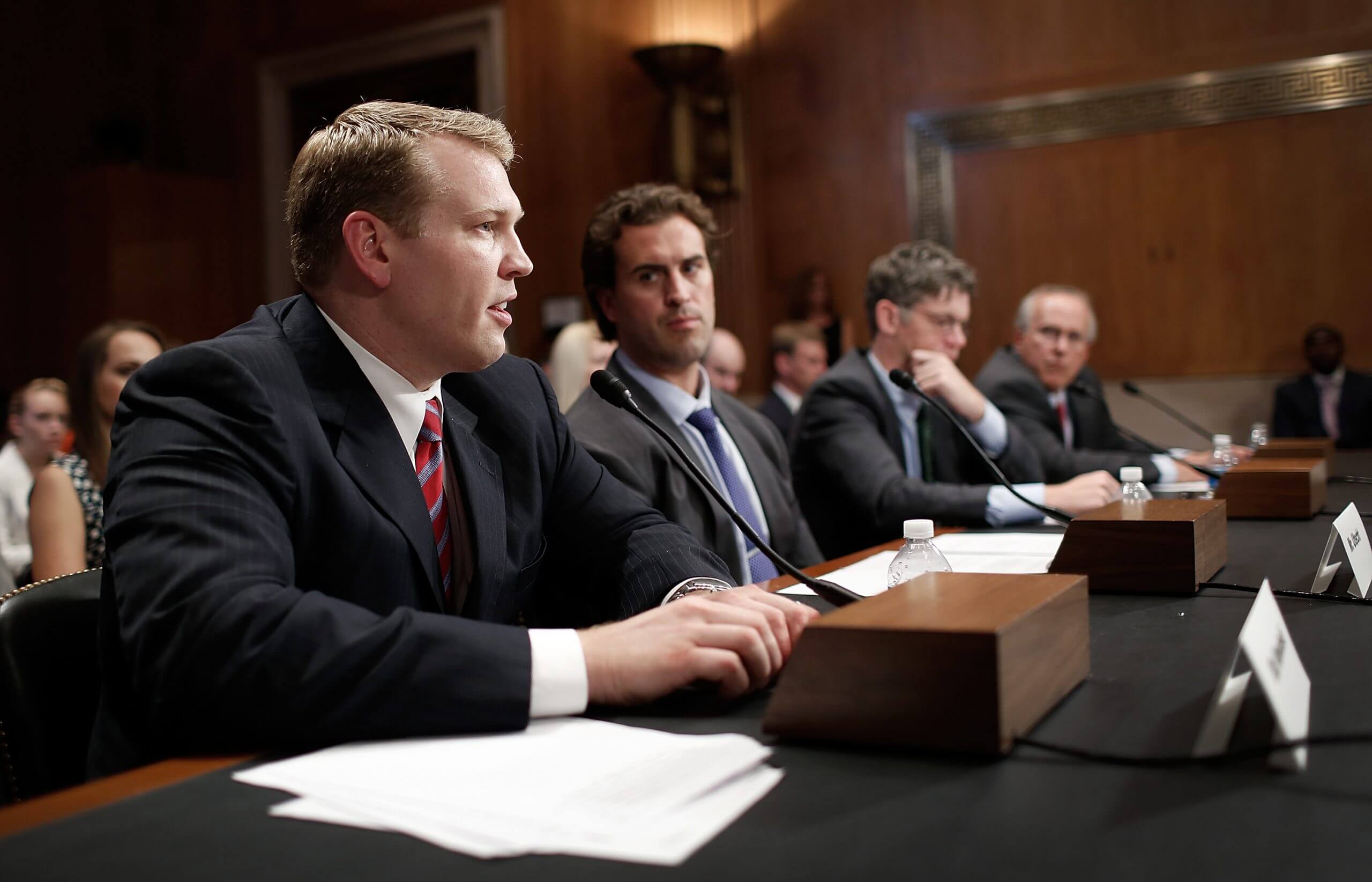The recent shocking incident involving Shane Tamura, whose letter cited neuroscientist Dr. Chris Nowinski and claimed suffering from chronic traumatic encephalopathy (CTE), has thrust the long-standing debate around brain injuries back into the spotlight. This event prompted a profound reflection from Dr. Nowinski, a leading figure in concussion and CTE research, on the decades of progress made and the critical distance yet to be covered in understanding and preventing these devastating conditions.
Dr. Nowinski’s journey into neuroscience and brain injury advocacy is deeply personal. Having retired from World Wrestling Entertainment over two decades ago due to brain injuries, he channeled his experiences into becoming a renowned expert. His dedication intensified after the tragic death of his friend and WWE colleague Chris Benoit, whose post-mortem examination, facilitated by Nowinski’s foundation, revealed significant brain damage consistent with CTE and depression, highlighting the dire consequences of undiagnosed neurological conditions.
Chronic Traumatic Encephalopathy, primarily associated with athletes in contact sports like wrestling and football, poses a unique diagnostic challenge: it can only be definitively identified after death. This limitation has long hampered efforts to intervene and treat individuals while they are alive. However, Dr. Nowinski and his Concussion Legacy Foundation are on the cusp of a groundbreaking achievement, confident that a method for diagnosing CTE in living individuals is within reach, promising a paradigm shift in neurological care.
The parallels drawn between the Tamura incident and past tragedies, including the Benoit case, underscore the complex relationship between traumatic brain injuries and behavior. While such injuries can undoubtedly increase the propensity for mental health disorders or abnormal actions, the precise role of CTE, particularly in younger individuals, remains an area rife with unknowns. Brain development is profoundly impacted by repetitive head impacts, yet the diverse nature of these injuries means symptoms vary widely depending on the brain regions affected.
A significant hurdle in the ongoing fight against brain injuries is the pervasive stigma attached to those who have experienced them. Dr. Nowinski often hears deeply personal stories from families, detailing the struggles of loved ones with traumatic brain injuries. These narratives, while invaluable for scientific understanding, are rarely shared publicly, especially when high-profile individuals are involved, fearing societal judgment and misperception. This reluctance highlights the urgent need for greater public awareness and empathy.
Despite the challenges, Dr. Nowinski identifies a crucial advancement: the definitive link between CTE and repeated traumatic brain injuries. This clarity should theoretically pave the way for effective prevention strategies. However, a widespread reluctance to embrace prevention, coupled with the unwillingness of organizations contributing to CTE’s prevalence to acknowledge their role, continues to impede progress. This systemic issue perpetuates the cycle of brain injury, underscoring a societal failure to prioritize long-term neurological health.
The prospect of diagnosing CTE in living individuals represents a monumental leap forward, a goal that Dr. Nowinski believes is “just around the corner.” The current post-mortem brain study process is rigorous and time-consuming, involving weeks of preservation and detailed examination across numerous brain regions for abnormalities. While demanding, the commitment to these studies is paramount, offering hope for earlier interventions and potentially even cures for a condition once thought untreatable during life.
Reflecting on the 2007 Benoit tragedy, Dr. Nowinski carries a personal burden of guilt, believing he could have done more. This profound sense of responsibility fuels his relentless dedication to his life’s work: ensuring individuals affected by brain injuries can lead their best lives. His mission extends beyond diagnosis to mobilizing global efforts for better answers, striving not just for understanding, but for the ultimate goal of curing these debilitating conditions and accelerating progress in neurological science.






Leave a Reply